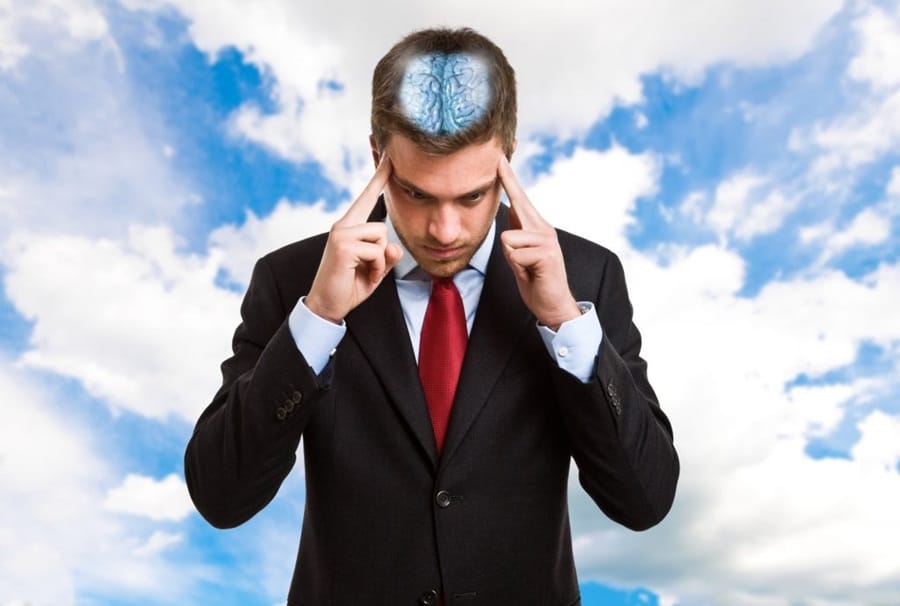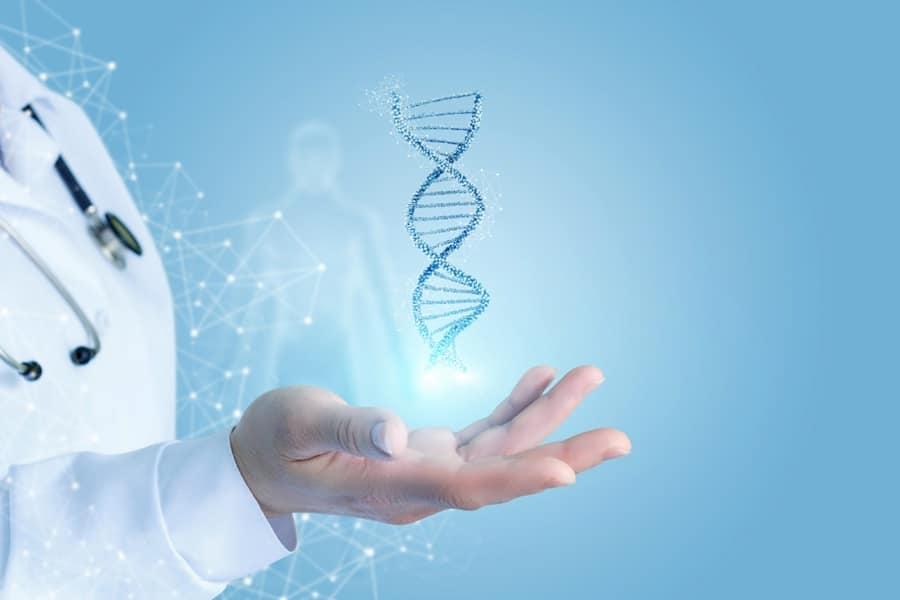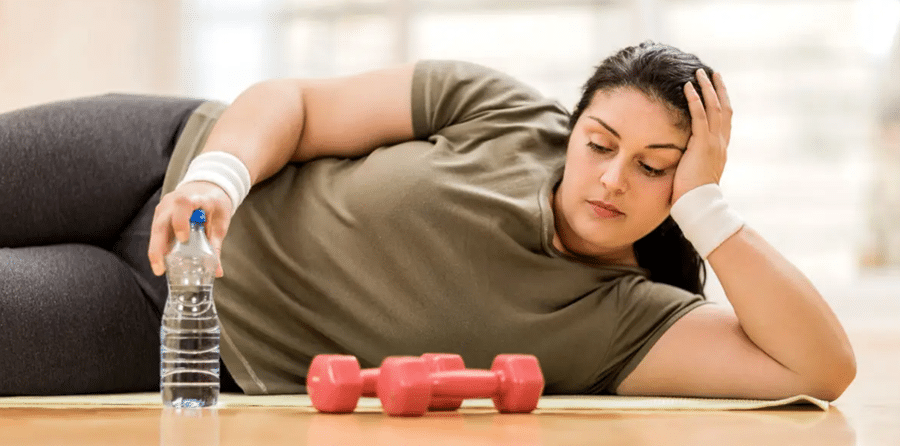Migraines, a prevalent health issue affecting millions worldwide, often disrupt daily life with their intense pain and accompanying symptoms. While medical advice is paramount, exploring home treatments can provide additional relief. This blog post delves into various at-home strategies, from yoga to hydration, offering a holistic approach to managing migraine symptoms. Each method discussed is aimed at complementing traditional medical treatments, providing a comprehensive guide for those seeking to alleviate their migraine discomfort in the comfort of their home.
Contents
Yoga

Yoga, known for its stress-relieving properties, can be a valuable tool in the battle against migraines. The practice involves physical postures, breathing exercises, and meditation, which together help in reducing tension and promoting relaxation. Regular yoga practice has been observed to decrease the frequency and severity of migraines by managing stress, a common trigger. Additionally, the focus on breathing and mindfulness in yoga can improve overall well-being, further aiding in migraine management.
Specific yoga poses have shown effectiveness in alleviating migraine symptoms. For instance, poses like Child’s Pose, Bridge Pose, and Corpse Pose can help relax the nervous system, reduce muscle tension, and enhance blood circulation. These poses, when practiced regularly, can offer a sense of relief during migraine episodes. It is, however, important to approach yoga gently, especially during a migraine attack, as some poses might exacerbate symptoms. Seeking guidance from a certified yoga instructor is recommended for tailored routines that specifically target migraine relief.
Essential Oils

The use of essential oils as a complementary treatment for migraines has gained popularity due to their natural properties and ease of use. Oils such as peppermint and lavender have been credited with soothing qualities that can alleviate migraine symptoms. Peppermint oil, for example, contains menthol, which can help relax muscles and ease pain. Lavender oil, on the other hand, is renowned for its calming and sedative properties, aiding in stress reduction and potentially decreasing the frequency of migraines.
When utilizing essential oils, several methods can be employed for maximum benefit. A common approach is applying diluted oil directly to the temples or forehead, which can provide immediate relief from migraine pain. Alternatively, inhaling the aroma of these oils through a diffuser or a warm bath can also be effective. It is crucial to use high-quality, pure essential oils and to understand that while beneficial, they should not replace medical treatments but rather serve as a supplementary aid.
Diet

Diet plays a significant role in the management of migraines, as certain foods and eating patterns can trigger or worsen symptoms. Recognizing and avoiding personal trigger foods is a critical step in managing migraines. Common triggers include caffeine, alcohol, aged cheeses, and foods high in preservatives like MSG. Keeping a food diary can be an effective way to identify potential triggers and observe patterns in diet-related migraine occurrences.
In addition to avoiding triggers, incorporating migraine-preventive foods into the diet can be beneficial. Foods rich in magnesium, such as leafy greens, nuts, and seeds, have been known to help prevent migraines. Maintaining a balanced diet with regular meals is also crucial since skipping meals can trigger migraine attacks in some individuals. Hydration is another key factor; a lack of sufficient water intake can lead to dehydration, a common migraine trigger. By managing dietary habits, individuals can exert significant control over their migraine experiences.
Massage

Massage therapy offers a promising approach to migraine relief, targeting muscle tension and stress, which are often linked to migraine attacks. By focusing on the head, neck, and shoulder areas, massage can reduce muscle spasms and improve blood flow, factors that are beneficial in alleviating migraine symptoms. Regular sessions can not only provide immediate relief but also contribute to a decrease in the frequency and severity of migraines over time. This technique, particularly when combined with other treatment methods, forms an integral part of a comprehensive migraine management plan.
For those who cannot access professional massage therapy, self-massage techniques can serve as a practical alternative. Simple methods, such as gently massaging the temples, forehead, and neck, can provide temporary relief from migraine pain. Techniques involving pressure points, like the application of firm pressure to specific areas on the hands and feet that correspond to head pain, can also be effective. However, it is essential to approach self-massage with care to avoid exacerbating symptoms, and individuals should consider seeking advice from a massage therapist or healthcare provider for the best practices.
Staying Hydrated

Hydration is a key factor in preventing and managing migraines, as dehydration is a well-known trigger for these headaches. The body requires a consistent supply of water to function properly, and even mild dehydration can lead to a migraine attack. It is advised to drink ample fluids throughout the day, with a focus on water, to maintain adequate hydration levels. Other hydrating fluids like herbal teas can also be beneficial, but beverages that can dehydrate, such as coffee and alcohol, should be consumed in moderation.
Recognizing the signs of dehydration is crucial for timely intervention. Symptoms like dry mouth, fatigue, and dizziness often precede a migraine attack and signal the need for increased water intake. Setting reminders to drink water regularly or carrying a water bottle can aid in maintaining hydration throughout the day. Additionally, including water-rich foods in the diet, such as fruits and vegetables, can further assist in keeping the body hydrated.
Herbal Supplements
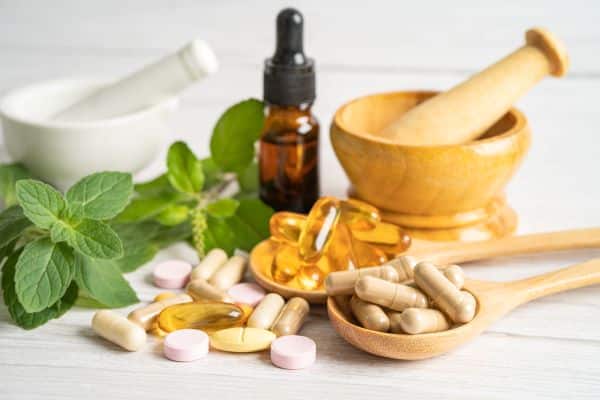
Herbal supplements offer a natural option for migraine relief, with several herbs showing potential in reducing the frequency and severity of attacks. Feverfew and butterbur are among the most commonly recommended herbs for migraine prevention. Feverfew, known for its anti-inflammatory properties, has been used for centuries in traditional medicine for headache relief. Butterbur, another herb with anti-inflammatory effects, has shown promise in clinical studies for reducing migraine frequency.
However, it is important to approach herbal supplementation with caution. The efficacy and safety of these supplements can vary, and some may interact with prescription medications or have side effects. Therefore, consulting with a healthcare provider before starting any herbal supplement is essential. This step ensures that the chosen supplement is appropriate for the individual’s specific health needs and does not interfere with existing migraine treatments.
Rest
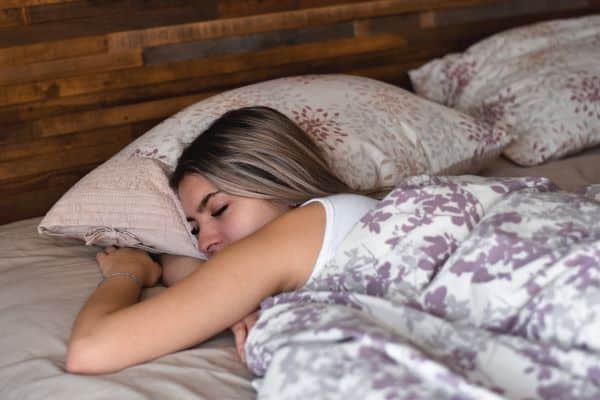
Proper rest and sleep are fundamental in managing migraine symptoms, as sleep disturbances can trigger migraine attacks. Creating a sleep-friendly environment, free from noise and light disturbances, can promote better sleep quality. Establishing a regular sleep schedule, going to bed and waking up at the same time every day, even on weekends, can also help regulate the body’s internal clock and reduce the likelihood of migraines.
In addition to nighttime sleep, taking short rests during the day, especially during a migraine attack, can be beneficial. Resting in a dark, quiet room can help alleviate symptoms and speed up recovery. However, it’s important to balance rest with regular physical activity, as excessive sleep can also trigger migraines in some individuals. Finding the right balance between rest and activity is key to effective migraine management.
The Bottom Line
Home treatments for migraines offer a range of options to complement traditional medical advice. From yoga and massage to diet and hydration, these strategies can make a significant difference in the frequency and severity of migraine attacks. Herbal supplements and adequate rest also play a crucial role in holistic migraine management. While these methods can provide relief, it is vital to remember that they should be used in conjunction with, not as a substitute for, professional medical treatment. Each individual’s experience with migraines is unique, and what works for one person may not work for another, so personalization and consultation with a healthcare provider are key.
